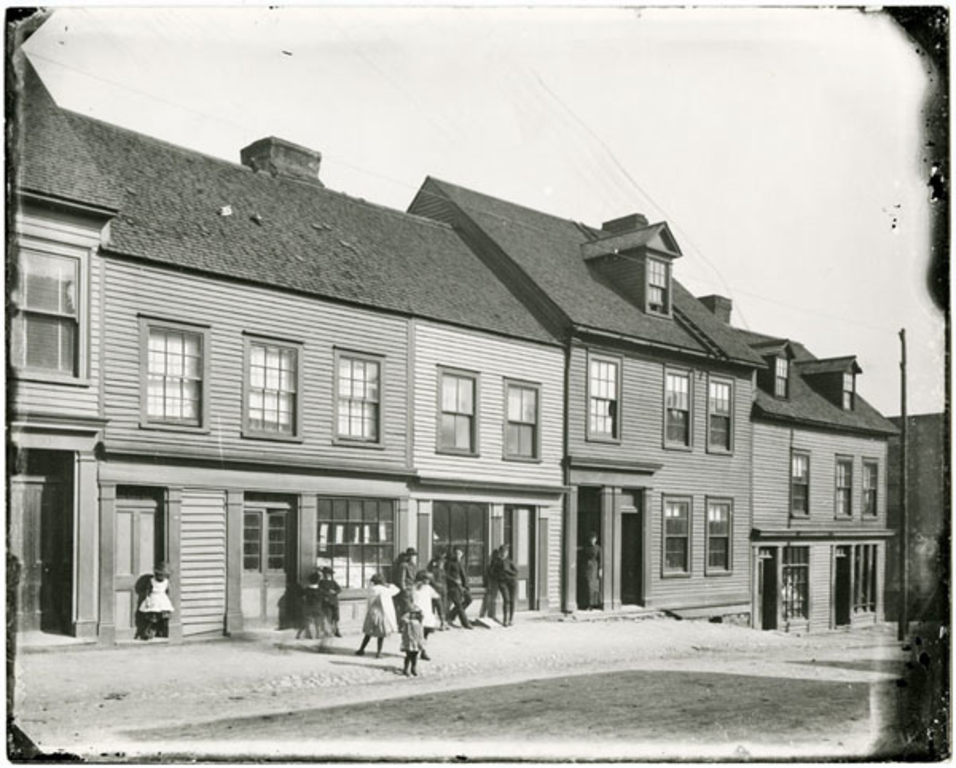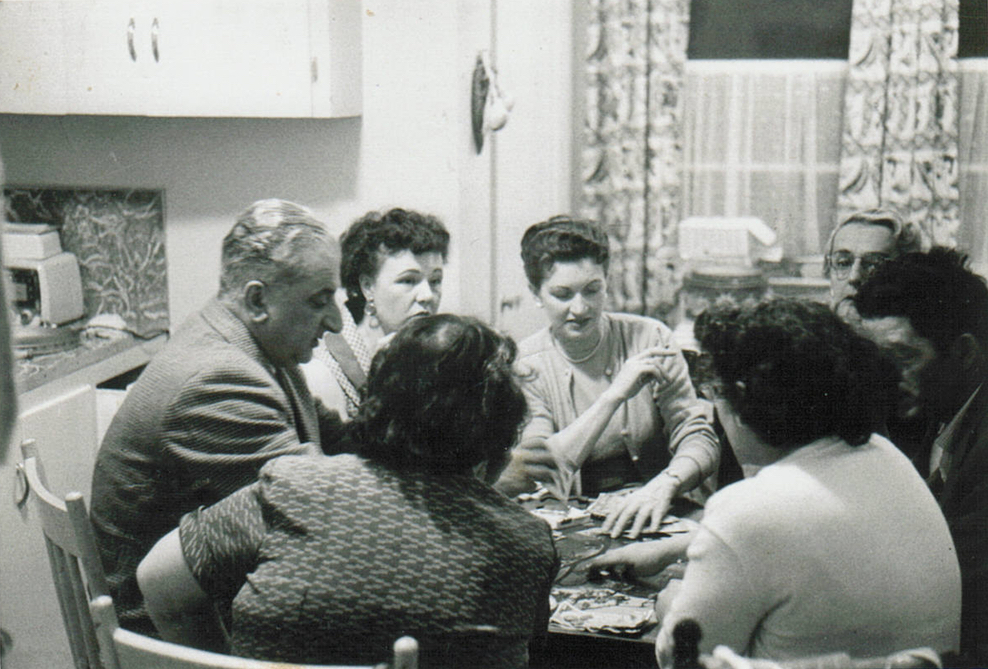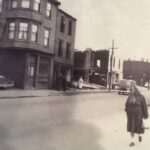Expropriate and Erase: New Gower Street, St. John’s
In the first half of the 1900s, the west end of New Gower Street was home to a neighbourhood known as the ‘Central Slum.” This area was home to mostly lower-income Catholics of Irish descent. It was underdeveloped compared to surrounding neighbourhoods. It lacked sewer and water lines. Many houses were seen as unfit for habitation. The poor condition of these houses was primarily the fault of a number of absentee landlords. These landlords failed to maintain their properties, and rented their buildings at cheap rates to poor families.
Though the Central Slum was seen as poor, this was not an accurate portrayal of everyone in the area. All of the homes and shops on New Gower were connected to City water lines and occupied by middle-class merchants. There was a diverse community of recent immigrants, made up mostly of Lebanese and some Chinese.
By the end of the 1920s, New Gower Street was recognized as a Lebanese part of town. Recalling her youth on New Gower Street in the mid-20th century, Lorraine Michael says:
I knew I was part of a community that they didn’t know…stand with your back to the Majestic and look westward on New Gower Street. That whole street was stores, shops, and families living over them. A large majority of those were Lebanese and Chinese as well…The whole street all the way up you would find the Lebanese community, and stores down on Water street as well…The whole community was there.
Eventually the entire area was demolished by the City of St. John’s. This demolition included both the Central Slum and a successful, tight-knit, middle-class community of immigrant business owners. After this, the Lebanese community in St. John’s became much more spread out.
Lorraine Michael describes the effect of expropriation on the community. Enjoy this audio clip with transcription (EN).




